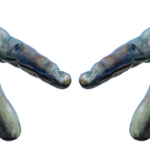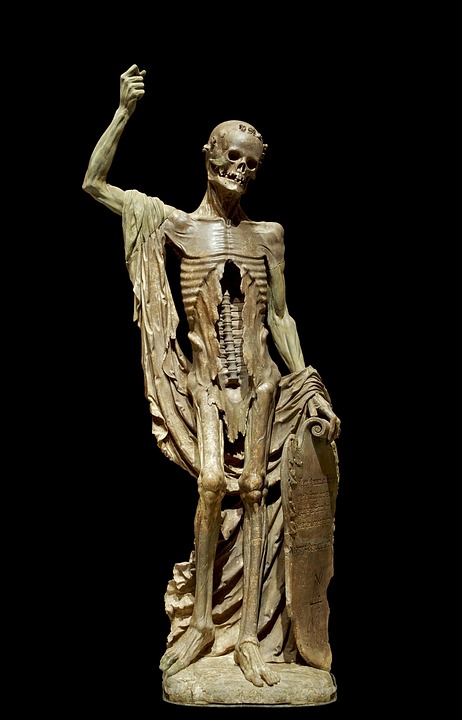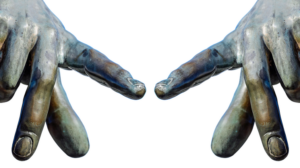
The frontal bone is a large, flat bone that forms the forehead and roofs of the eye sockets. It also helps to protect the brain and support the muscles of the face. This bone plays a crucial role in shaping our facial features and ultimately our identity.
One of the most prominent features of the frontal bone is the presence of the frontal sinuses. These air-filled cavities located just above the eyes help to lighten the weight of the skull and provide resonance to our voices. The size and shape of the frontal sinuses can vary among individuals, contributing to the unique contours of their faces.
The shape of the frontal bone also influences the overall symmetry and proportions of the face. A prominent brow ridge can give a more masculine appearance, while a flatter forehead may be perceived as more feminine. The development of the frontal bone continues throughout childhood and adolescence, which is why children often do not have fully formed facial features until they reach adulthood.
In addition to its role in shaping our external features, the frontal bone also has functional significance. It serves as an attachment point for muscles that control facial expressions, such as raising the eyebrows or furrowing the brow. Damage to the frontal bone can affect not only the appearance of the face but also the ability to make certain facial expressions.
The frontal bone is also linked to our sense of identity in another way – it houses the frontal lobes of the brain, which are responsible for higher cognitive functions such as decision-making, problem-solving, and personality traits. Damage to the frontal lobes can lead to changes in behavior, emotions, and personality, highlighting the intricate connection between our physical appearance and our inner selves.
Overall, the frontal bone plays a vital role in shaping our facial features and ultimately our identity. Its unique contours and structures contribute to the individuality of our faces, reflecting both our genetic heritage and personal experiences. Understanding the anatomy and function of the frontal bone can enhance our appreciation for the complex interplay between physical appearance and inner identity.
































Add Comment